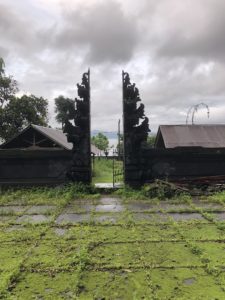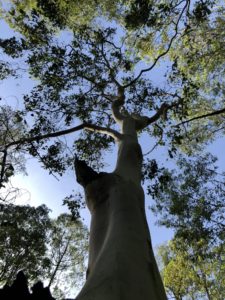“You can’t control everything about what will happen in your life. However, you can control what you are going to focus on in the next hour or so, and you can spend that time doing what you have chosen with a substantial amount of control.”
Basic mindfulness involves giving yourself a point to focus on in the present moment. This point then allows you to:
- Focus your energy
- Calm your mind
- Feel as if you are doing something constructive
- Take your attention away from worry and distraction
One way of doing this that I find incredibly useful is just to ask myself:
What are the one, or maximum two things that I want to focus my energy on in the next hour? (or the next time period ahead of you, say the morning, afternoon, evening).
Having identified the one or two activities that I want to do, I use them as my centring object or point of focus; the most important things I need to do in the next hour.
For example, right now over the next hour I want to write this article and send it out, and then do a backup email for last night’s meditation class. Knowing this then enables me to relax and enjoy focusing on these two tasks, without worrying about what comes after them, or trying to take anything else on. Because of this I feel a certain degree of peace; I am present focused not future focused.
You can control the immediate future
You can’t control everything about what will happen in your life. There will always be a degree of uncertainty, unpredictability and challenge. That’s just the nature of being. And likely there will always be one too many things on your ‘to do’ list. However, you can control what you are going to focus on in the next hour or so, and you can spend that time doing what you have chosen with a substantial amount of control.
By choosing to focus on what you can control in this moment, you are setting yourself to enjoy this period of time, and to engage in activities that make the likelihood of ‘success’ in the medium and long term future more likely.
For the next hour work, or relax, or play, or rest, deliberately. Make the next thing your mindful anchor.
Related article: Street mindfulness
Article and picture © Toby Ouvry 2019, you are welcome to use or share this article, but please cite Toby as the source and include reference to his website www.tobyouvry.com
Integral Meditation Asia
Online Courses * 1:1 Coaching * Books * Live Workshops * Corporate Mindfulness Training *Life-Coaching * Meditation Technology



 Unstructured mindfulness – Turning and facing yourself
Unstructured mindfulness – Turning and facing yourself